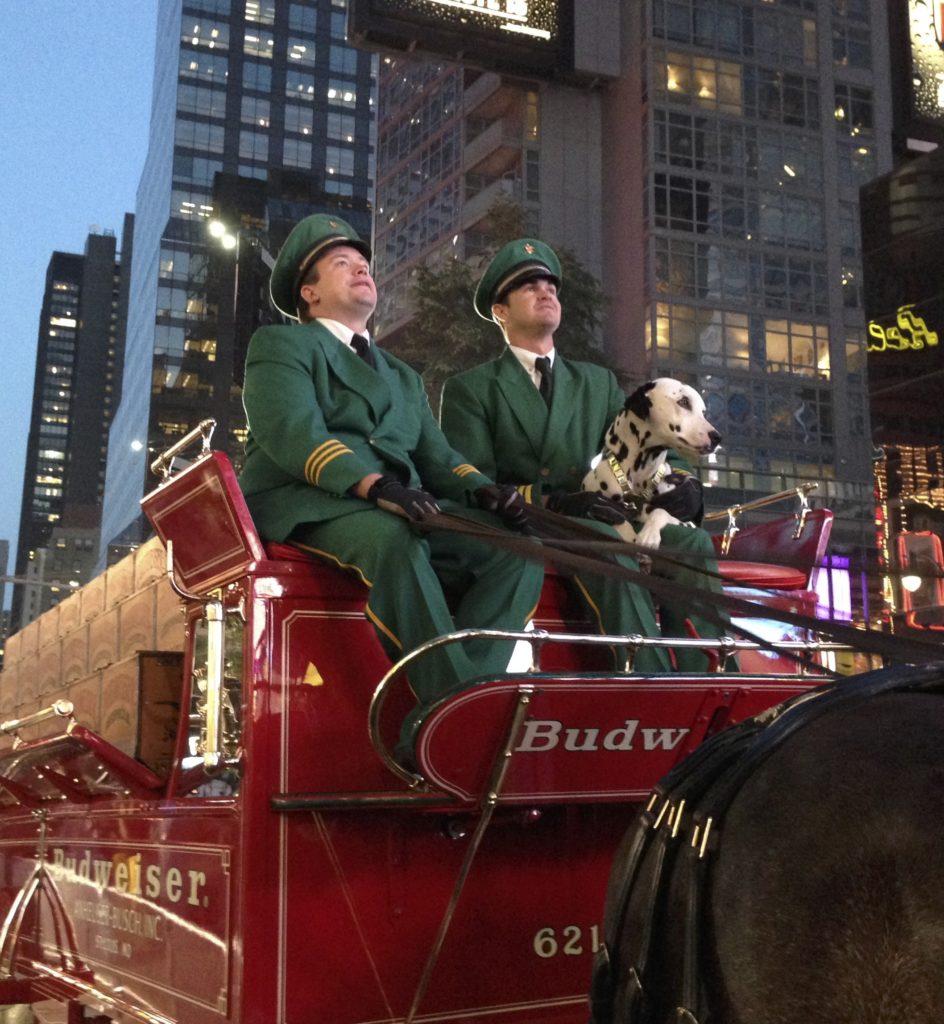Historical
No one knows for sure where the breed originated, but its name is known to come from Dalmatia, a coastal region in the Balkans. Some experts claim that this dog has ancient origins since similar animals were discovered in the tombs of Egyptian pharaohs. There are representations of Dalmatians on paintings dating back to the 17th century.
Dalmatians became popular in the 19th century, when they ran next to the ticks or passenger cars and protected them, as well as the horse crews, from other dogs and various dangers. They also served as war sentries, circus animals and hunting dogs, not to mention fire station mascots. They have become extremely well known since Walt Disney’s cartoon “The 101 Dalmatians”.
The Dalmatians we know today are mainly pets.

Physical
The Dalmatian is a sporty dog, of medium size, harmonious and elegant appearance.
The body fits into a rectangle. The chest is well down and the limbs muscular. The tail, worn with a slight upward curvature, is never curled on the back.
The prism-shaped head is wrinkle-free, with a flat skull. The truffle is black in black-spotted and brown-spotted dogs in liver-spotted dogs. The snout is long and powerful, never tapered, with a moderate stop. The lips are well pigmented. The jaws are powerful with a complete tooth of 42 teeth.
Oval-shaped eyes are in a sub-frontal position and placed at an angle of 10 to 15 degrees. The color of the iris is in keeping with those of the spots.
Attached rather high, the ears well worn against the head have the shape of an isocele triangle. In length, they reach the inner corner of the eye or stop. The ears are mottled, never entirely black or brown.
The hair is short, shiny, hard and dense all over the body. The color of the dress is pure white speckled with black or brown. The round and clearly drawn spots are spread throughout the body. Their size is regular, about 2 to 3 cm in diameter for black subjects, about 2 cm for liver subjects (brown). The ears should be mottled. A spotted tail is sought. Large spots (monocle or tray) are considered defects.
At the time of his birth, the Dalmatian is completely white. It acquires its spots about two weeks later.
Males are approximately 60 cm tall, females are slightly smaller. Both males and females weigh between 25 and 35 kg.
As with all white dogs, the proportion of deaf dogs is higher. For this reason, all puppies are tested audiometrically in the breeder and all deaf dogs, unilaterally or bilaterally, are excluded from breeding.
Character
The Dalmatian is a friendly, lively, loyal, independent dog. He should not be shy, suspicious, nervous or aggressive. It is a dog that appreciates the water, the wide open spaces. He doesn’t like to be alone or tied up. The Dalmatian is gentle with all members of the family, including children. He has kept from his past as a dog of carriage an affinity with horses.